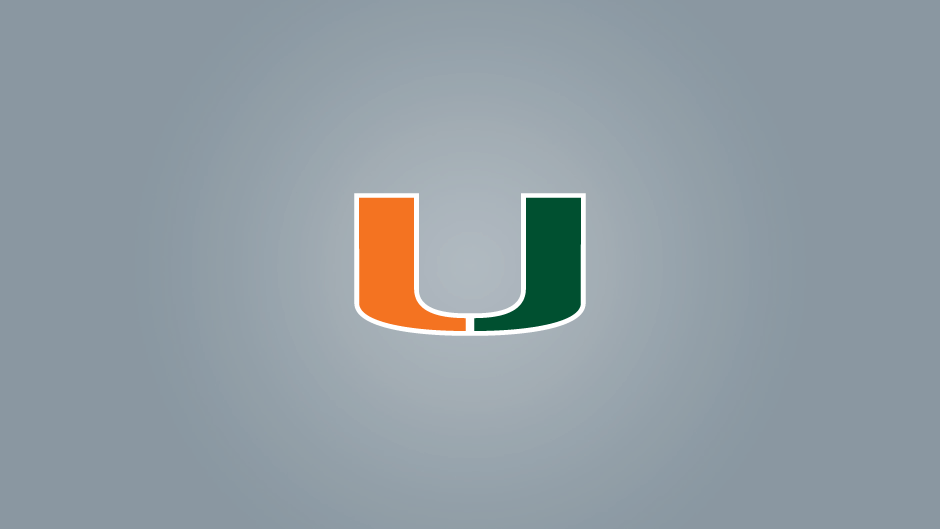Researchers from the University of Miami (UM) Rosenstiel School of Marine and Atmospheric Science, in collaboration with the Key Biscayne Community Foundationand the Key Biscayne Citizen Science program, conducted an assessment of seagrass communities on the Mashta flats off Key Biscayne prior and immediately following the 4th of July weekend.
Results showed significant amounts of new damage and marine debris following the weekend’s festivities, which is a popular area for weekend and holiday boaters. Initial surveys were conducted at 10 random locations (80 m2 each) on June 30, 2016. During these surveys, seagrass cover was calculated and all trash found within the plots was collected, identified, and counted. The same plots were re-surveyed on July 6, 2016.
The initial surveys revealed that each plot contained four pieces of trash on average. Trash items included aluminum cans, plastic cups, glass bottles, and other miscellaneous items. Extrapolating the amount of trash collected onto the whole area of the Mashta flats (82 acres, area < 3 m of depth) results in an estimated 17,000 trash items accumulated onto the bottom habitats prior to the holiday weekend. Following the holiday weekend there were an additional 2 trash items per plot on average. Extrapolating again onto the whole area of the flats, close to 10,000 new trash items accumulated on the seagrass habitat over the holiday weekend.
While trash on the bottom is a serious problem for marine life, physical injuries to the seagrass beds is also a major source of concern. Evidence of recent boat damage (anchor and propeller scars) was observed within 6 of the 10 plot surveys. Estimates of recovery time for scars vary, but can range from as little as 0.9 years to 7.6 years (Sargent et al. 1995, Andorfer and Dawes 2002).
Seagrass beds provide myriad ecological and economic services. They are important nurseries and habitat to commercial and recreational fish as well as invertebrate species like lobster, crabs, snappers, grunts, tarpon, and bonefish. They buffer storm impacts and filter sediments and nutrients, contributing to water clarity. Additionally, they are important carbon sinks that help buffer the impacts of ocean acidification.
“Enjoying the beautiful and diverse marine habitats surrounding the city of Miami is a unique privilege,” said Diego Lirman, associate professor who led the assessment conducted by the University of Miami’s Benthic Ecology Lab. “However, we need to be aware that these habitats are very fragile and that their persistence is dependent on our responsible use.”
Research in the University of Miami’s Benthic Ecology Lab, led by UM Rosenstiel School Associate Professor Diego Lirman, concentrates on the coastal habitats of South Florida, including coral reefs, hardbottom, and submerged aquatic vegetation (seagrass) communities. Research activities combine extensive field activities and surveys and ecological modeling to understand the dynamics of benthic habitats and document influences of human and natural disturbances on these important resources.

